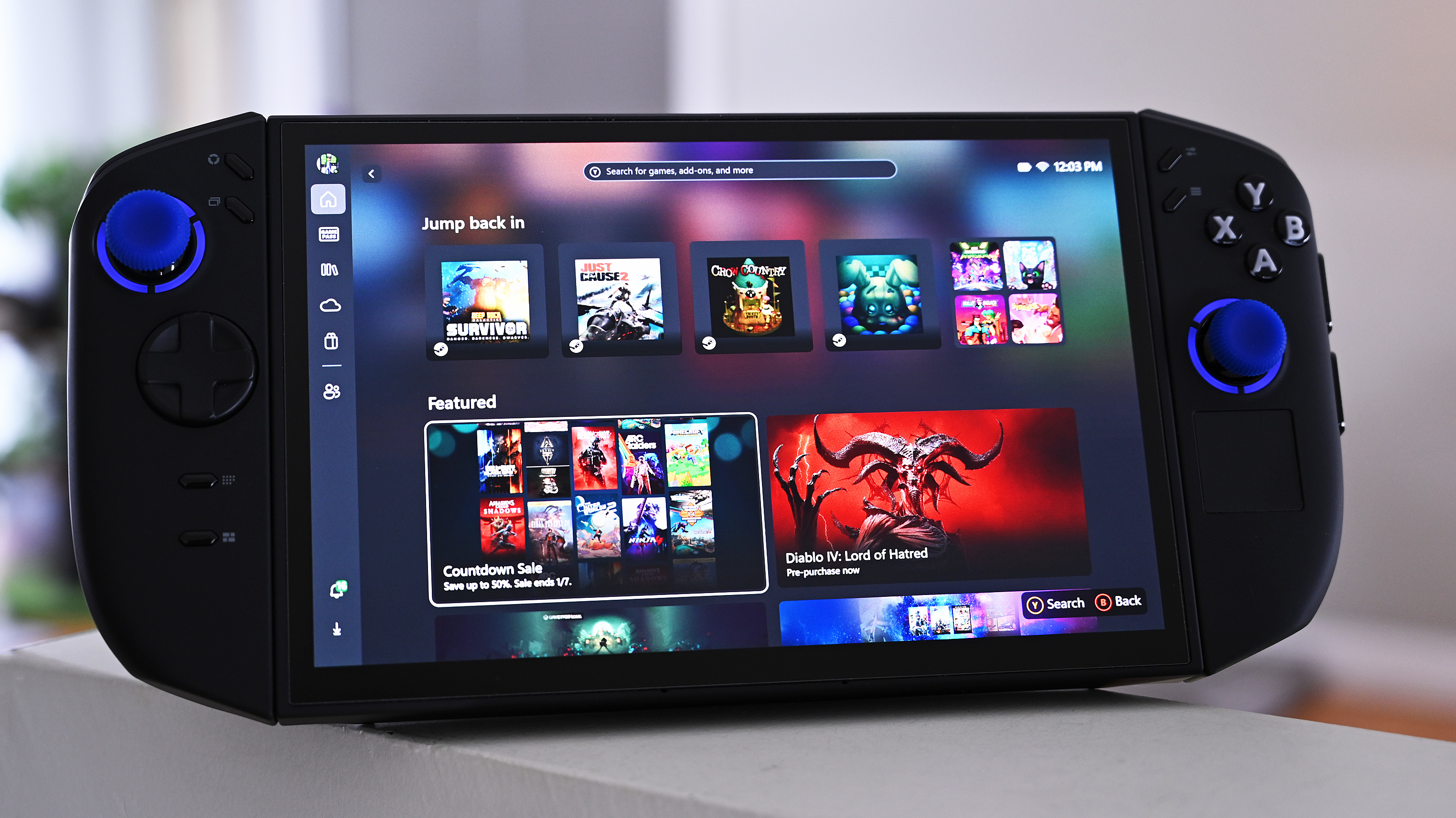I'm a Windows phone fan in an iPhone/Android world. Why? Microsoft has it going on!
I've been a fan of Windows on phone since Windows Mobile 5.0.

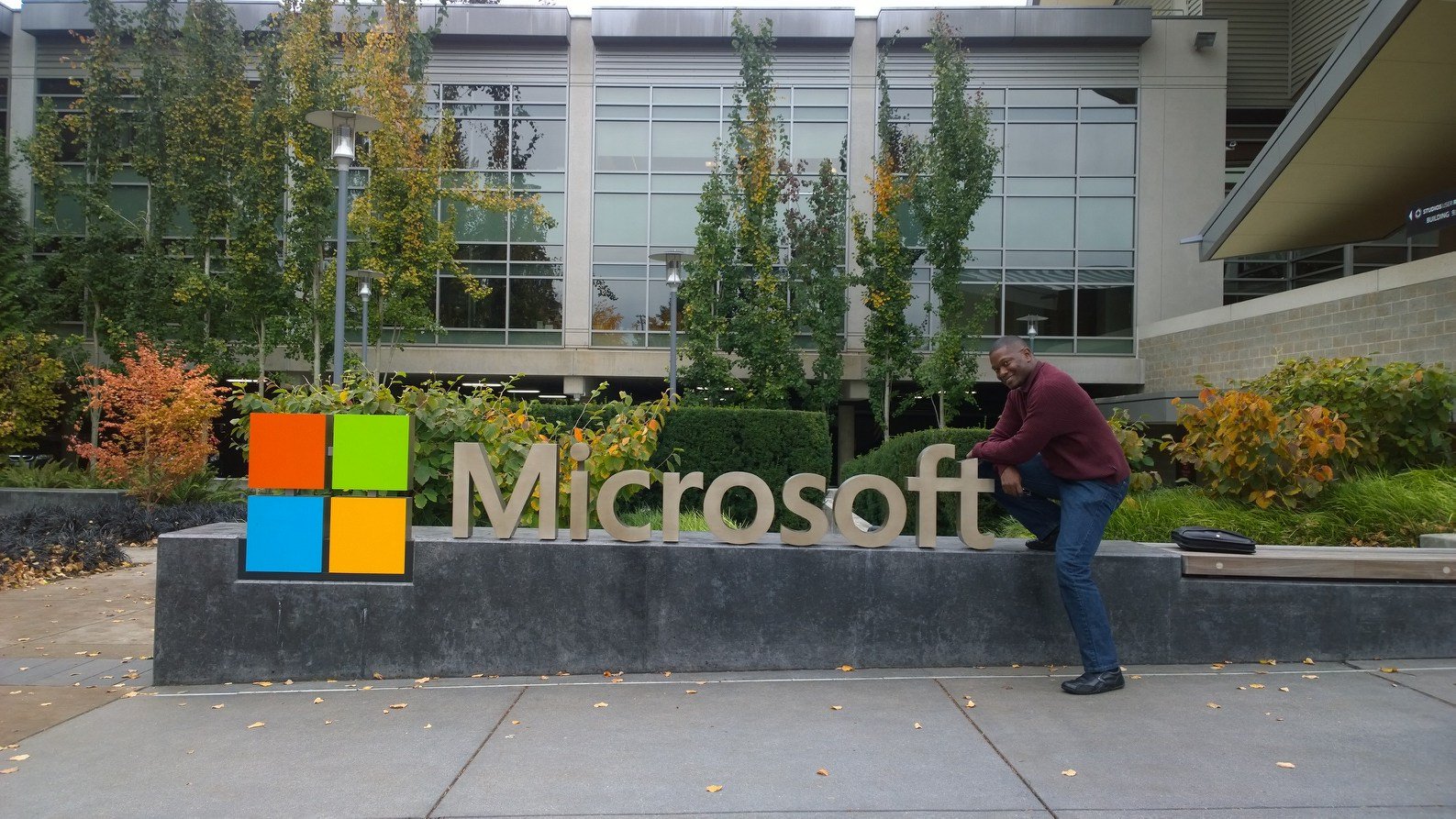
As a techie that enjoys the power, flexibility, and continuity of performing personal computing tasks on the go, Microsoft's Pocket PC vision appeals to me. Furthermore, I prefer Microsoft's Universal Windows Platform vision and the Live Tile UI above the competition's offerings.
Even with 1% share I'm all in with Windows phone.
So even with just 1% market share and an "Other" category ranking, I'm all-in on Windows phone. Not only because of what it is today, but also because of what I believe it will become.
With full Windows on ARM, the PC in our pockets is closer than ever. Microsoft's CEO Satya Nadella's ultimate mobile device that can be a tablet, desktop PC, phone and more is coming into view as Microsoft's vision unfolds. If Microsoft pulls this off, it is going to be awesome!
Looking back at looking ahead
In January 2015, as the promise of Windows 10 inspired Windows phone fans everywhere, I mused on the possibility of a seven-inch Surface Mini phablet.
In January 2015 I envisioned a cellular-capable Surface PC.
I explained my vision of a category-defining Surface-branded mobile device, "the tablet that can replace your smartphone", this way:
Rather than being a phone with a large display like virtually every other device on the market dubbed phablet, the Surface Mini will be a tablet with telephony functionality. It will be a tablet first, designed as a tablet, with the full functionality of a tablet and full range of capabilities of a Window 10 ARM-based tablet, but will also be capable of functioning as [a] phone. A true phablet, not just a big phone.Some may contend no one wants a phone that big. This is true. But many people do want a tablet that small. It's all about how this 7" Surface is positioned and marketed. A productivity tablet with software enhanced to take full advantage of a digitizer pen, full access to a host [of] multimedia and leisure apps with the additional ability to place and receive phone/Skype calls and Skype/SMS messaging is an easier sale than a 7" smartphone.
In the two years since, time and technology have brought my prediction of a cellular-capable Surface PC, the reimagining of the "smartphone", closer to reality. Still the success of that vision rests precariously on the future of Microsoft's App Bridges, AI and bots investments, manufacturer partnerships, the UWP and Microsoft's biggest differentiator: Continuum.
Continuum, your iPhone can't do this
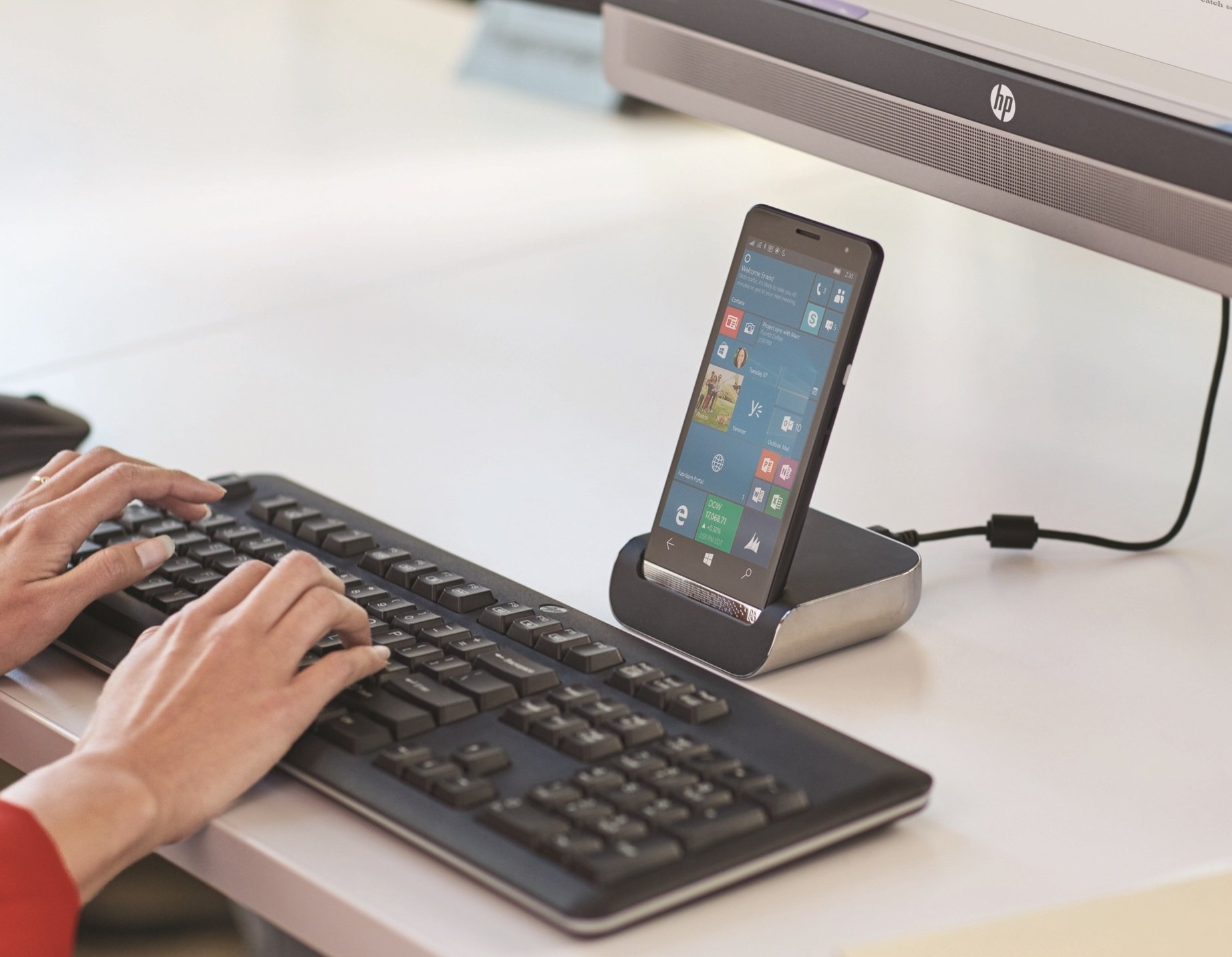
Through years of struggle and an admission to losing the smartphone war Nadella has remained committed to the critical role Continuum plays in Microsoft's ultimate mobile device vision.
All the latest news, reviews, and guides for Windows and Xbox diehards.
I'm not trying to be another phone guy with the other person's rules. What is unique about our phones is…Continuum…Just like how with Surface we were able to create a category…I hope that people will look and say, "…this is a phone that can also be a PC."
Sadly, many critics have dismissed Continuum as a rehash of a failed idea. Some offer Motorola's Atrix, that projected phone apps as phone apps to a larger screen, as evidence. Apples and oranges.
Among other differences, Continuum is a platform solution that uses context-conforming Universal apps. It's not merely a feature on a single manufacturers device like the defunct Android-based Atrix.
Continuum is key to Microsoft's vision.
Furthermore, PC capabilities like multiple Windows, a taskbar and even the ability to connect an Xbox controller are being added to Continuum. It'll continue to evolve until it, along with other aspects of Microsoft's strategy, puts a PC in our pockets.
Finally, the Lumia 950 and 950 XL, though tepidly received, were necessary to demonstrate Continuum and to keep it "part of the conversation" as partnerships with OEMs like HP were nurtured. HP ultimately delivered the most impressive representative of a Continuum-powered 3-in-1.
Windows phone had it rough, but it's not dead
At 1% market share Microsoft's mobile platform is virtually invisible to developers and consumers who barely noticed it when it was at 3%. To add insult to injury, many writers proclaimed "Windows phone is dead" – repeatedly. These posts often followed quarterly reports reflecting dropping Windows phone share.
Oddly enough, months earlier, Microsoft's retrenchment strategy assured us that share would decline as Microsoft exited certain markets and retracted Lumias from the consumer space. This obvious correlation didn't stop the damaging headlines fans endured.
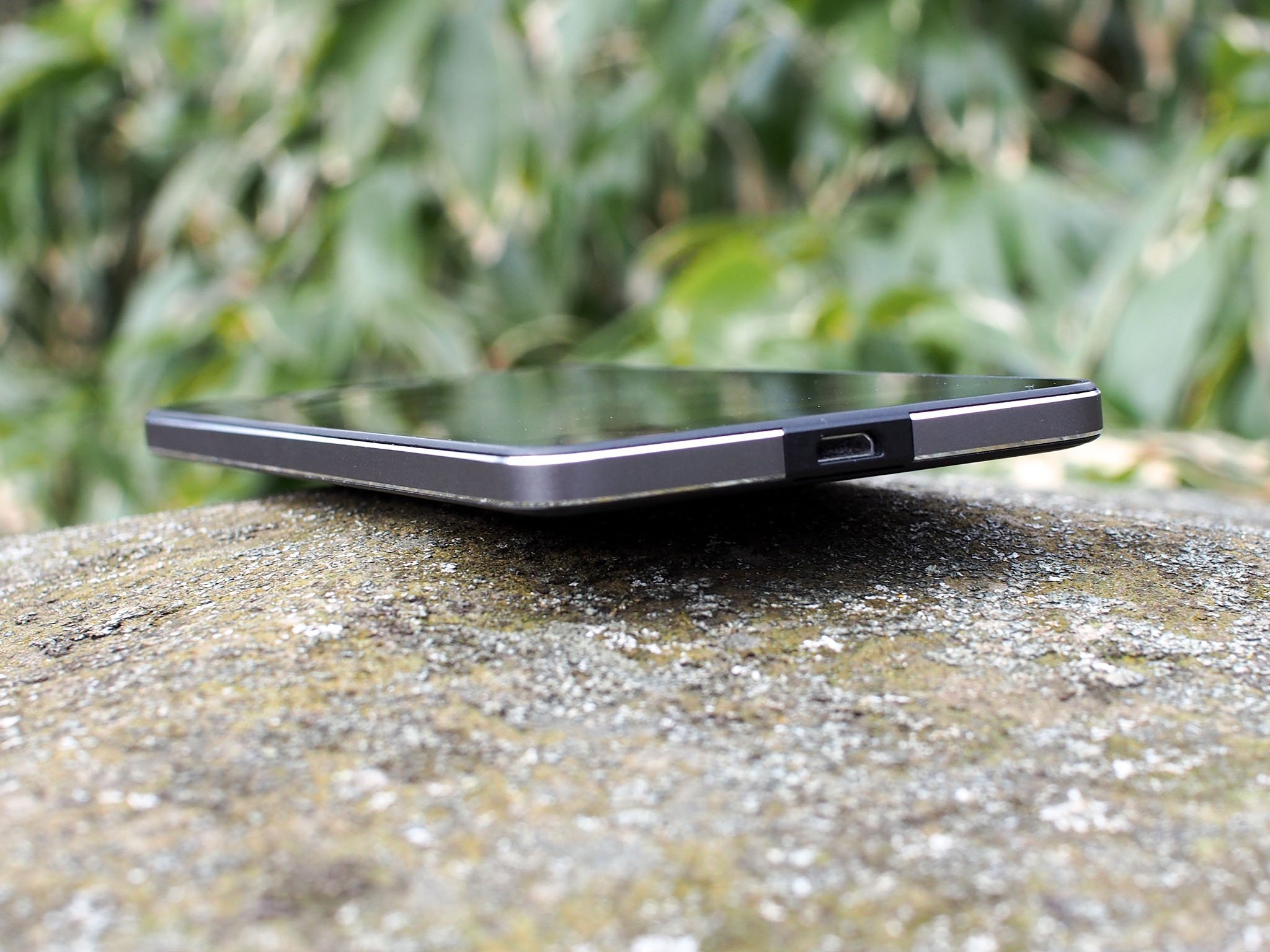
Microsoft's Windows on phone strategy is about changing the game.
Retrenchment was detrimental to the platform, but it wasn't a death sentence. Microsoft's PC in the pocket vision persisted as part of the Universal Windows Platform. Windows on phone, just as Windows on HoloLens, 2-in-1s, PC's and more remained in Redmond's view. Windows Chief Terry Myerson hinted as much in October: "I think both cellular connectivity and ARM processors have a role in the technical landscape of the future."
Despite struggling from a disadvantaged position Microsoft kept its mobile strategy focused on changing the game. Though Windows Mobile lost users and apps during 2016, Windows on phone (Windows phone) never died. Keeping the vision in view has been critical to my understanding Microsoft's journey.
I do have my criticisms. Windows phone 8.1 removed some of my favorite features. Also, Redmond's recent enterprise-focus of Windows Mobile makes little sense to me when partners like Alcatel has and HP is rumored to be making consumer-focused Windows phones.
Despite these profound inconsistencies high-end Continuum-powered 3-in-1s like HP's Elite x3 and Alcatel's Idol 4s are encouraging examples of devices bridging the gap between smartphones and an ultra-mobile Surface.
Smartphones are dead, but Microsoft has us covered
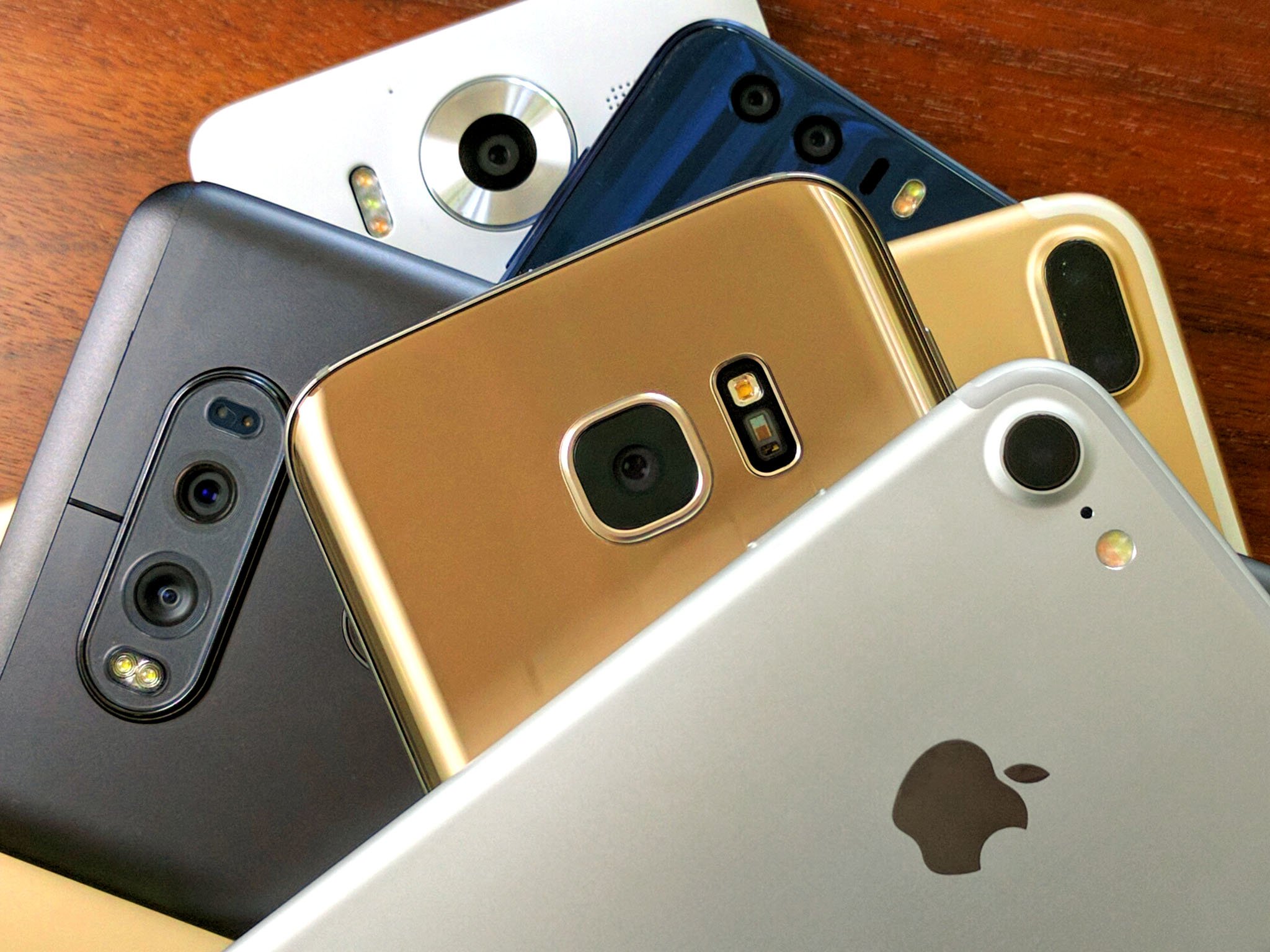
As the smartphone market plateaus and PC sales decline Microsoft, in my opinion, offers the best solution to both problems. An ultramobile PC that is both a PC and phone escapes the iteration-focused smartphone war. Furthermore, the term "smartphone", for a device that is more mini-tablet than phone, no longer adequately describes our devices.
The industry is ready for the post-smartphone device.
The industry is ready for the next step.
In November of 2015, I asked Will Microsoft's rumored Surface Phone be a reimagined Surface Mini? As I explored Surface creator Panos Panay's commitment to and his continued use of his pen-centric Surface Mini I stated:
The anticipated Surface Phone will fill the currently unaddressed and lowest end of the Surface continuum that was likely the originally intended position for the Surface Mini. The Surface Phone will be the always connected "digital notepad" for everyday scenarios…Additionally, with an anticipated "Intel inside," Continuum from this device is expected to literally put a PC in user's pockets. With the additional potential to run Win32 apps ported over by way of the app conversion Bridge, Centennial, this device can fill the range from a light-weight "digital notepad" to a powerful PC.
In April of 2016 I continued this narrative:
Microsoft realizes that the 16 million legacy Windows apps will always have value…the company sees them as powerful tools that simply need to be updated, or evolved, to adapt to the new world of mobile and desktop computing. This juncture is where Microsoft's Project Centennial Bridge, which was strategically pushed during Build comes in…this Bridge can be used by developers to convert their Win32 desktop app to a Universal Windows app that works across form factors.
On December 7th Microsoft excited the industry with an announcement that full Windows was coming to ARM. The description of cellular PCs and what is sure to be an eventual arrival of full Windows and Win32 apps on phone, echoes a narrative I began two years ago. Though my analysis foresaw Intel, rather than Qualcomm, bringing Win32 apps to a Surface phone, this fan is excited to see how close we are to the pocket-PC vision becoming a reality!
We're almost there
As we enter 2017, my hopes as a Windows phone fan are buoyed by the success of the category-defining HoloLens, Surface, Surface Book and Surface Studio. The Surface brand evokes confidence that any hardware from Redmond will be well-crafted and category-defining. What might the anticipated ultramobile Surface look like? Microsoft's future vision videos hint at a foldable design.
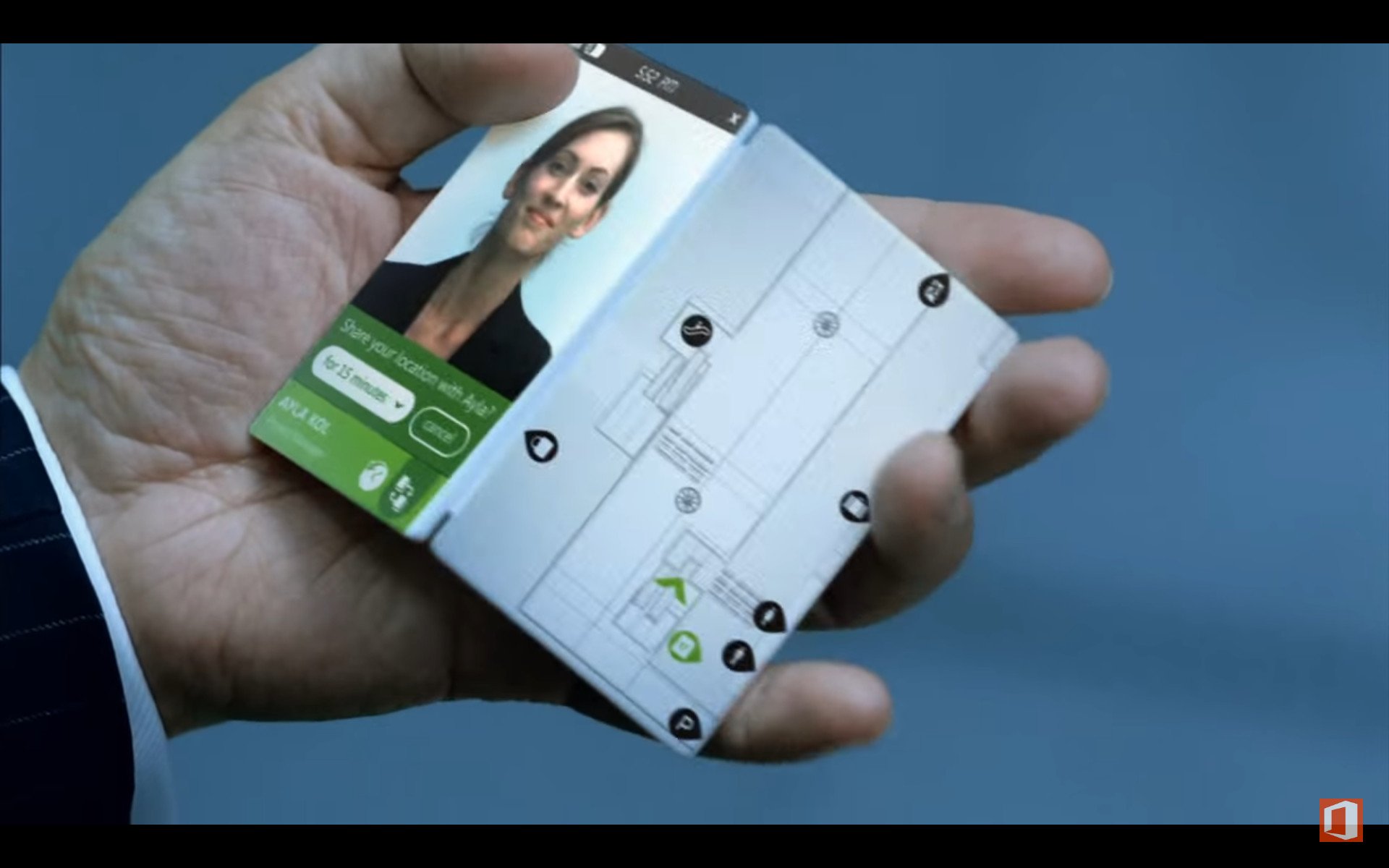
The Surface brand evokes confidence that an ultramobile Surface can succeed.
What else might Microsoft pack into a pocketable Windows 10 device with OS-level inking capabilities, is built upon an intelligent cloud platform, and has native APIs for Windows Holographic? Could first-party AR glasses eventually be paired with an ultramobile Surface?
The developing realization of the pocket PC vision potentially combined with other groundbreaking Microsoft technology like mixed-reality, AI and bots, app gap resolving Bridges, app sharing Wand Labs tech and more has this Windows phone fan excited about the ultimate mobile device that lies ahead!
Following the Story
- Windows phone isn't dead
- Smartphones are dead
- The untold app gap story
- AIs, Bots and Canvases
- Microsoft and the duo user
- Windows Mobile and the enterprise
- The Surface Phone

Jason L Ward is a Former Columnist at Windows Central. He provided a unique big picture analysis of the complex world of Microsoft. Jason takes the small clues and gives you an insightful big picture perspective through storytelling that you won't find *anywhere* else. Seriously, this dude thinks outside the box. Follow him on Twitter at @JLTechWord. He's doing the "write" thing!

